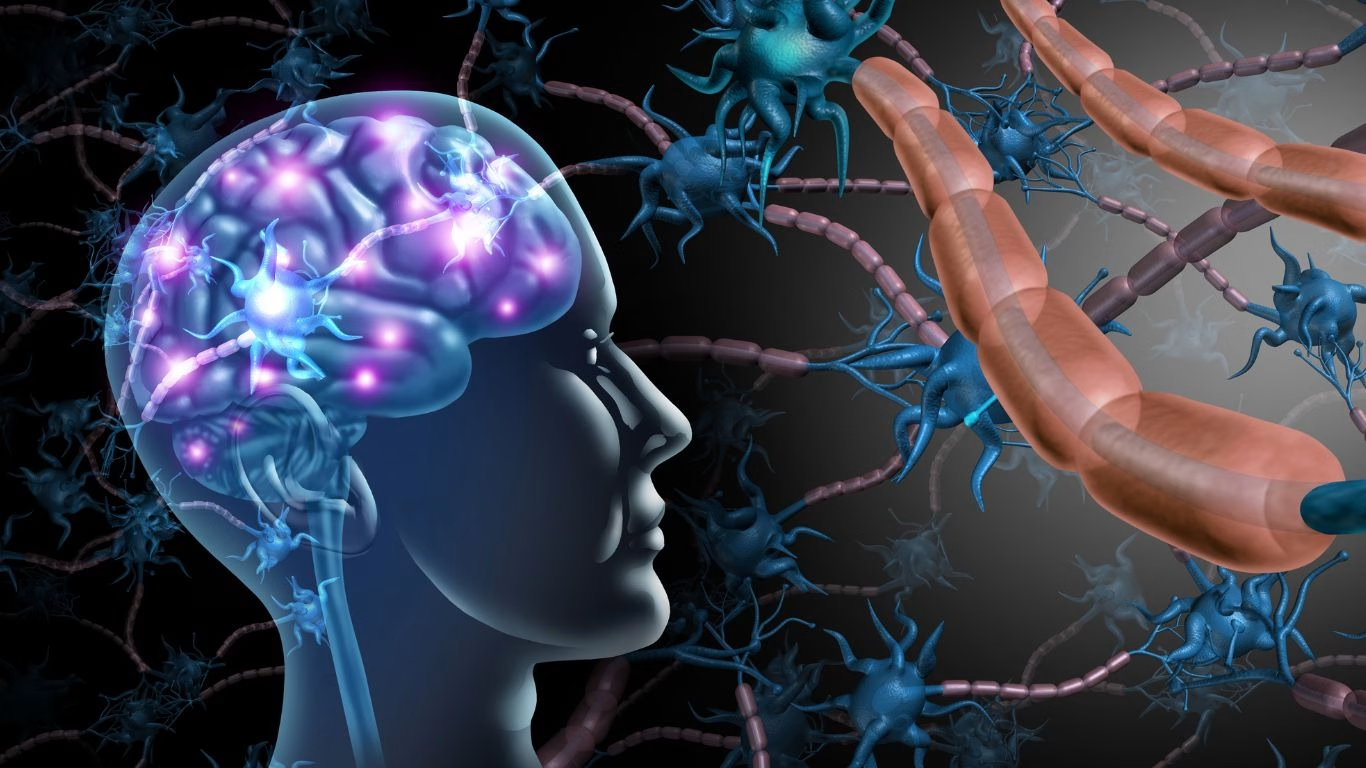Imagine if your brain wasn’t fixed and stuck in stasis, but instead constantly evolving, reshaping itself based on what you do, think, feel, and experience. That’s not science fiction. It’s neuroplasticity – your brain’s incredible ability to change and adapt throughout your life.
And when you understand how your brain rewires, you begin to understand how real, lasting transformation is possible.
What Is Neuroplasticity?
Neuroplasticity refers to the brain’s ability to reorganise itself by forming new neural connections. It means your brain is always learning, not just in childhood, but across your entire life.
This ability allows you to recover from injuries, shift emotional patterns, change habits, and even regulate chronic stress responses. Harvard Medical School explains neuroplasticity is how the brain compensates for damage, develops new skills, and adapts to environmental changes.
It’s why practices like meditation, mindful movement, and somatic retraining can have such a profound effect – not just on how you feel, but on how your brain functions.
Why It Matters for Health and Wellbeing
If you’ve ever felt stuck in patterns of stress, pain, or anxiety, neuroplasticity offers hope. You’re not locked into the wiring you were born with. You can create new pathways – ones that support healing, resilience, and calm.
Research from Johns Hopkins Medicine shows that learning new skills, movement practices, or mental strategies helps stimulate neuroplastic changes in the brain. Over time, this leads to improved memory, better emotional regulation, and even reduced symptoms of chronic pain and trauma.
The Nervous System Connection
Your nervous system is your body’s communication superhighway, constantly processing sensory information and sending signals between body and brain. When you live in a prolonged state of stress or tension, your brain becomes wired for survival. It becomes hyper-alert, reactive, and often exhausted.
Practices that support neuroplasticity help shift your nervous system out of fight-or-flight and into rest-and-repair, with Cleveland Clinic explaining experiences like deep breathing, mindfulness, and movement-based therapies activate brain circuits associated with calm, safety, and healing.
How to Support Neuroplasticity Daily
The good news? You don’t need extreme methods or fancy tools. The brain thrives on repetition, novelty, and attention. Here are some simple ways to promote neuroplastic change:
- Move with awareness: Try gentle somatic exercises that invite new movement patterns. This stimulates body-brain connections.
- Practice mindfulness: Meditation increases grey matter density in areas of the brain related to memory, focus, and emotional regulation (Harvard Health).
- Learn something new: Whether it’s dancing, learning a language, or trying a new breathing technique, novelty builds new neural pathways.
- Engage all your senses: Walk barefoot, feel textures, listen to calming music—multisensory input enriches brain plasticity.
- Connect socially: Meaningful connection boosts oxytocin, which helps regulate the stress response and support emotional rewiring.
Final Thoughts
Neuroplasticity is a quiet revolution in health and healing. It reminds us that change is always possible – not through force, but through gentle, repeated experiences that help rewire our inner world.
By working with your body and nervous system, rather than against them, you can create new patterns of ease, presence, and vitality. That’s not just mental health. That’s whole-person wellbeing.






